Wednesday 18th June 2025, Home Farm, Attingham
Stephen MitchellStephen, who died on Sunday 22nd June, was one of the original regulars with Joy of Wildlife. In fact, Stephen put “Wildlife” in “Joy of Wildlife”.
When I decided to change our name from the Invertebrate Challenged Tetrad group, after a couple of years of our existence, to Joy of Invertebrates, Stephen thought that this name suggested too narrow a focus and suggested the more encompassing “Joy of Wildlife”, which stuck.
In general, on our outings, Stephen was an interested observer rather than avid recorder of species. However, he was very interested in moths and butterflies. On our outings when Cuckoo flower was in flower he would be seen searching the blooms for the eggs of the Orange-tip butterfly. He was a member of the Shropshire Moth Group and participated in the Garden Moth Scheme.
In addition, Stephen was a supporter of the Shropshire Wildlife Trust, was a regular volunteer for the Wrekin Forest Volunteers group and ran, with Rob Doran, for a number of years, the Telford Wildlife Forum which met periodically presenting a speaker and disseminating news of local interest. Together with Margaret, he monitored and maintained bird boxes installed on The Ercall.
He will be missed.
Our deepest condolences to Margaret for her loss.
Home Farm
Home Farm is a large farm within the Attingham estate. We had opted to survey a large meadow that bordered the River Severn.
The original plan was to use the fisherman’s car park, but concerns that our visit coincided with the start of the fishing season resulted in us being provided with gate code for a field off the car park in which we met and got ready.
Whilst some of us were rather sluggish in getting kitted out, others got on with the “job in hand” and searched a generous field margin for things of interest.
During this time a White-legged Damselfly was spotted.
How do we get from where we parked to the meadow?
Scanning the field margin we noticed a gap, and…
Yes!
This led to the meadow.
(There was also a kissing gate in the field corner, but this was rather well vegetated with nettles and brambles. Not the choice favoured by those wearing shorts!)
It was good fortune that we took the entrance track as we were soon joined by a Scarlet Tiger.
The entrance track soon opened out onto the large meadow.
 |
| Photograph: David Williams |
The above photograph is of a Closterotomus norwegicus. This is a very common plant bug found in meadows and hedgerows. It is known as the Potato Capsid. I do not know if it has a predilection for the vegetable.
Another early find in the meadow was a Roesel’s Bush Cricket.
 |
| Photograph: David Williams |
Ladybirds generally overwinter as adults then mate and produce eggs in the spring. This means that at this time of year there are many larvae of ladybirds out and about as well as some adults.
A couple of ladybird species we found as larvae were a Red Marsh Ladybird, Coccidula rufa;
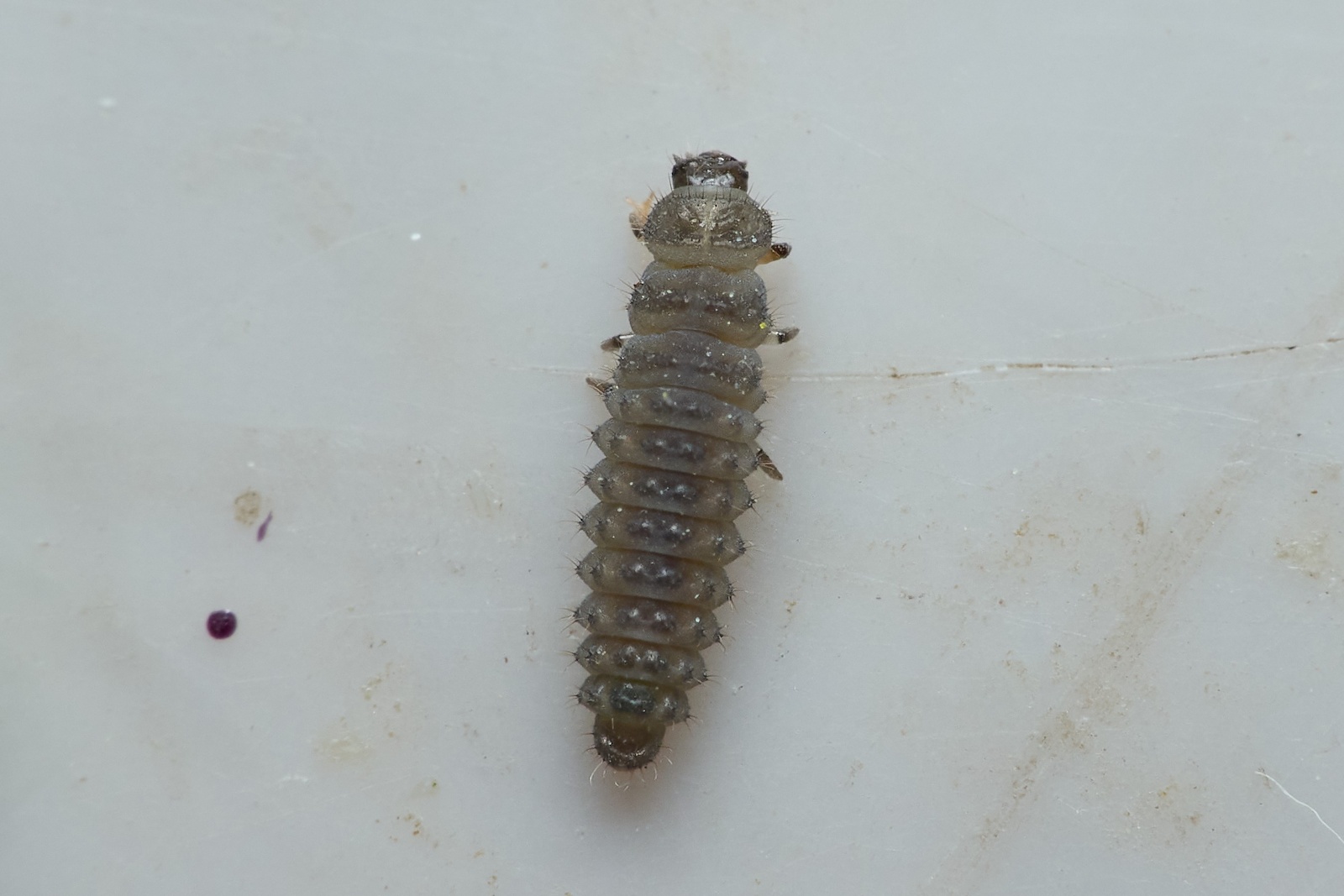 |
| Photograph: David Williams |
And a 16-spot Ladybird (accompanied by a small springtail Sminthurus viridis).
And there was no wind to bring some relief.
However, as lunch approached, we got closer to the River Severn…
But close enough, where there was a break in the vegetation through which came a pleasant breeze.
This was the spot for lunch!
The river was bordered by willows, and on one Crack Willow we spotted this gall…
We moved away from the lunch spot. It was time to explore the rest of the site.
Moving first towards a pool, which proved nigh on impossible to access, and then to the meadow on the other side, before turning our attention to a well established hedgerow along the side of the field away from the river.
Along the way we observed:
A Slender Ground Hopper;
 |
| Photograph: David Williams |
Generally shieldbugs are nymphs at this time of the year, but Forest Bugs overwinter as young nymphs. These mature into adults into the summer.
We managed to get to nearly 3 o’clock before the unrelenting heat forced us to retreat to our cars and abandon the rest of the visit.
Here are some more photographs of invertebrates seen during the day. The photographs did not come with a timestamp so I have no idea when they were taken.
Moths
 |
| Archips xylosteraria – Photograph: Nigel Cane-Honeysett |
 |
| Hedya salicella – Photograph: Nigel Cane-Honeysett |
A mirid bug, Heterotoma planicornis.
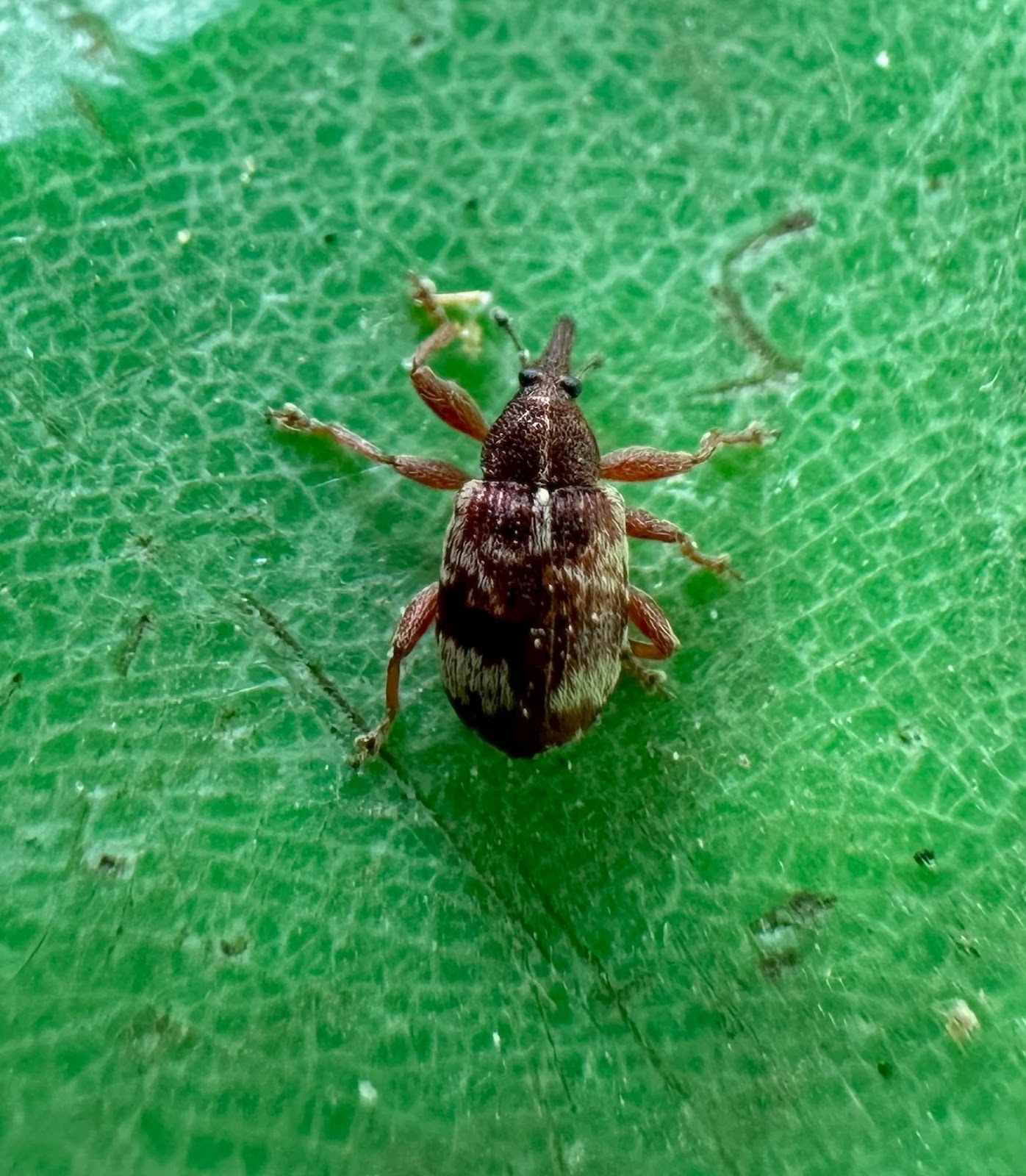 |
| Anthonomus pedicularius – Photograph: Nigel Cane-Honeysett |
 |
| Hypera postica – Photograph: Nigel Cane-Honeysett |
 |
| Phyllobius pomaceus – Photograph: Nigel Cane-Honeysett |
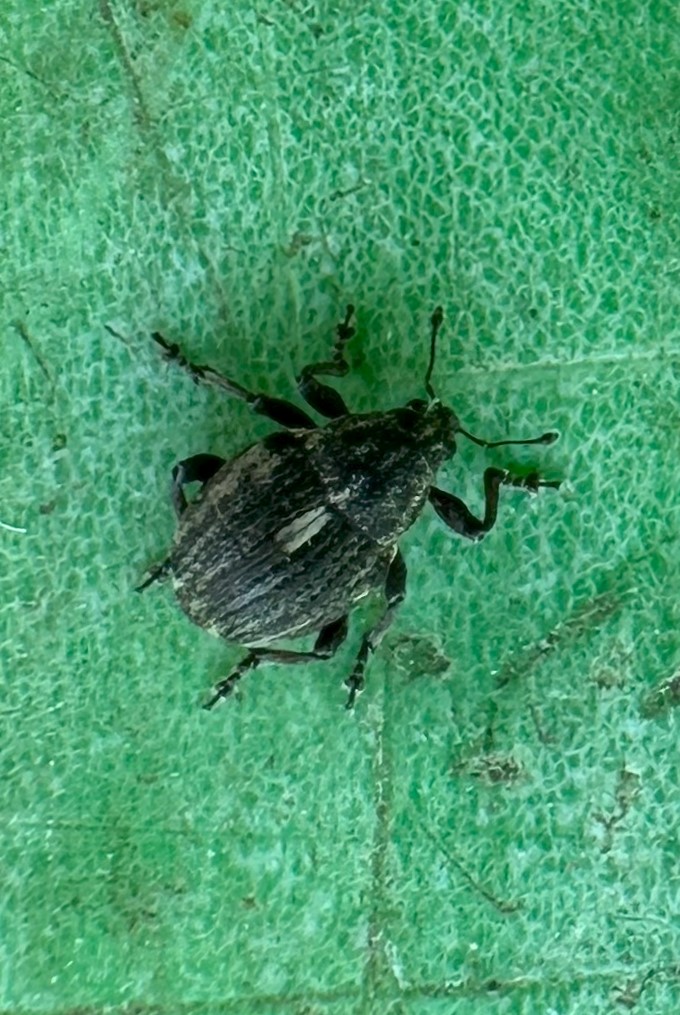 |
| Rhinoncus pericarpius – Photograph: Nigel Cane-Honeysett |
A male and female harvestman, Mitopus morio.
 |
| Tetragnatha extensa – Photograph: Nigel Cane-Honeysett |
 |
| Tibellus species – Photograph: Neil Nash |
My thanks to owners of the site for granting us permission to enjoy ourselves and to the photographers for providing their excellent images for this report.










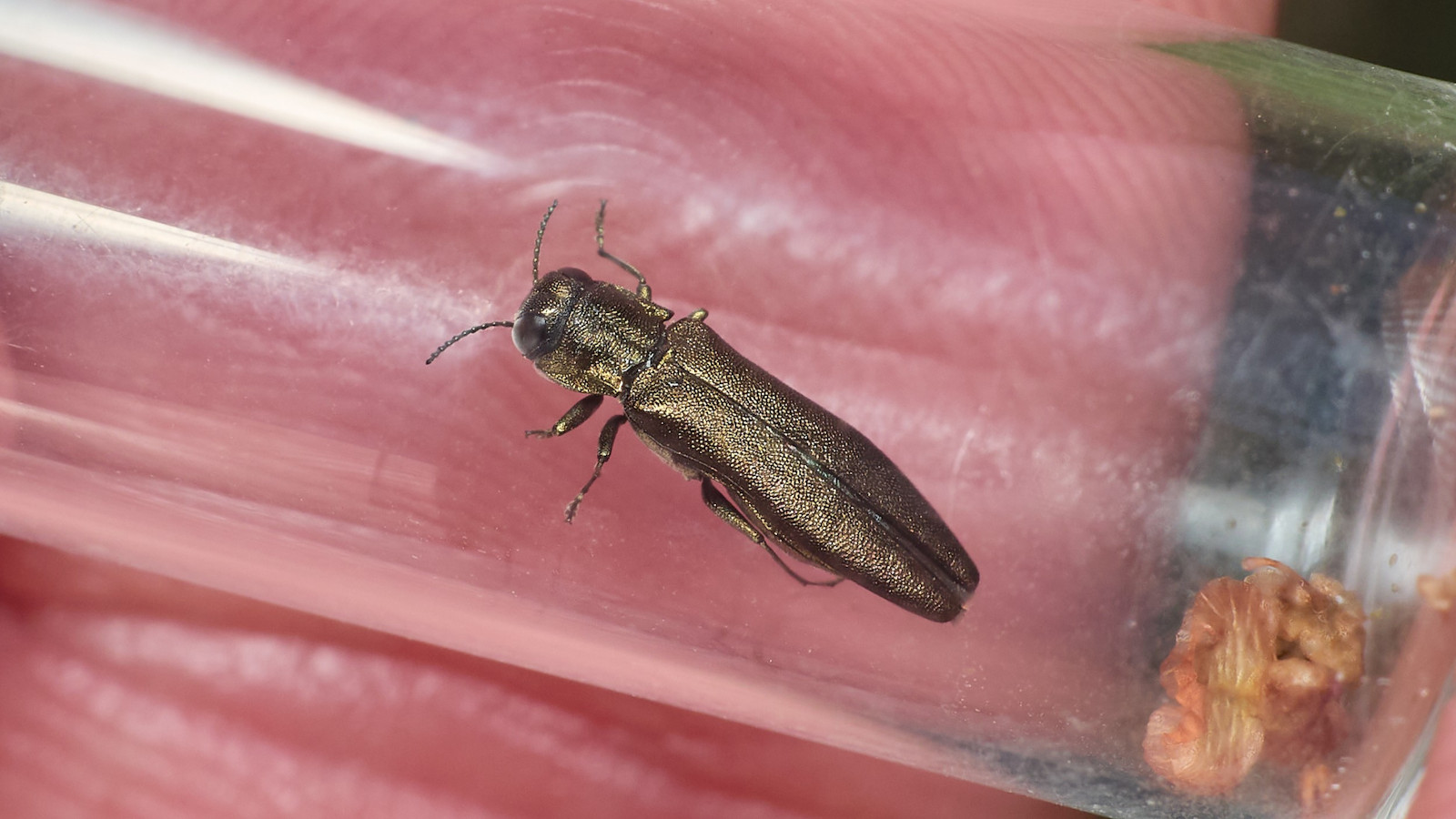
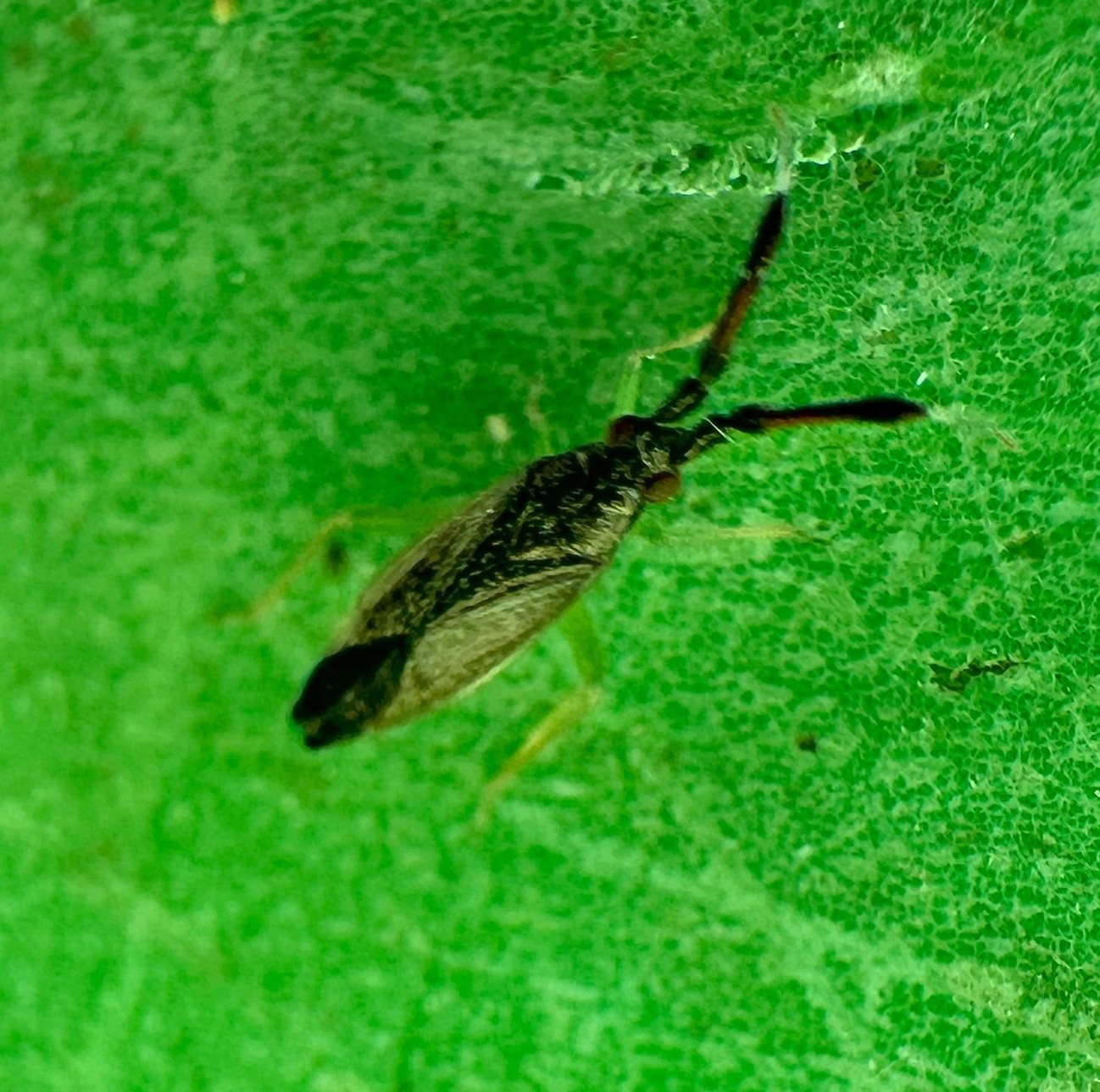


No comments:
Post a Comment
Please feel free to comment on this post...